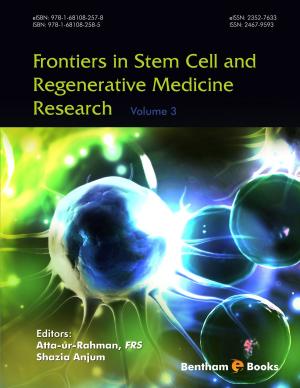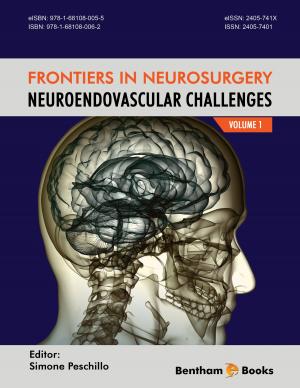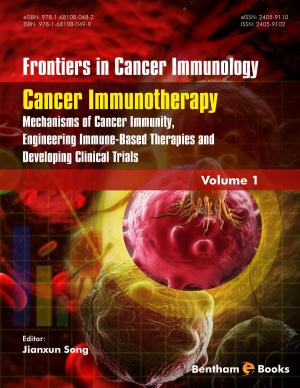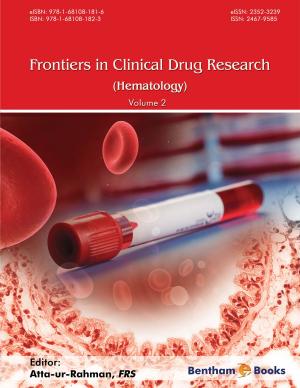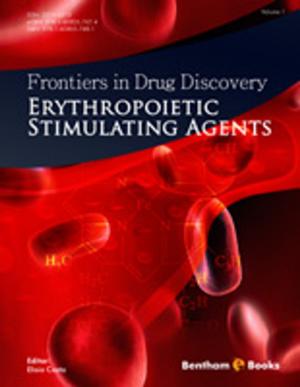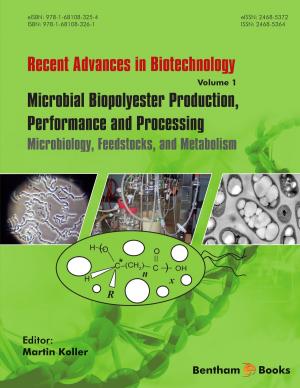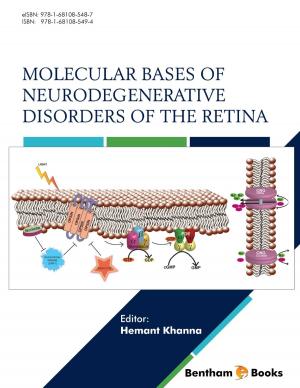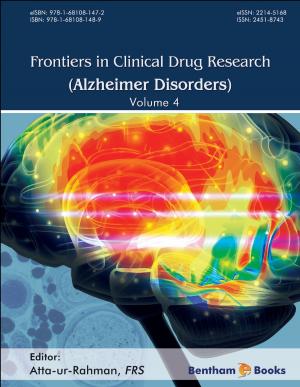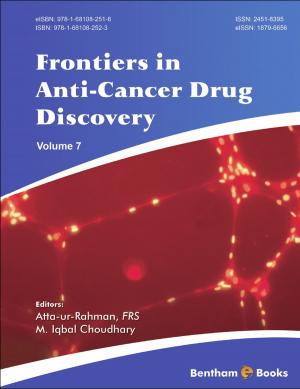| Author: | Puneetpal Singh | ISBN: | 9781681083711 |
| Publisher: | Bentham Science Publishers | Publication: | November 1, 2016 |
| Imprint: | Language: | English |
| Author: | Puneetpal Singh |
| ISBN: | 9781681083711 |
| Publisher: | Bentham Science Publishers |
| Publication: | November 1, 2016 |
| Imprint: | |
| Language: | English |
Pain is a significant medical problem, as it is a factor in many diseases and debilitating conditions. The processing of pain in the body is a complex process which involves nerve signaling in the milieu of biochemical, molecular and genetic interactions occurring in the brain and other parts of the body. Pain, as a spokesperson of real and impending injury, outlives its usefulness as a warning signal and instead becomes chronic and excruciating. The transition of the realization of pain up to the cortical processing as a persistent condition represents an intricate process governed by the interaction of various factors. Research on humans and animals has led to the advent of personalized medicine where every patient can be treated according to the set of genes they possess. However, the genetic basis for pain has largely been undefined so far. Research on epigenetic alterations and micro-RNA (miRNA) in relation to the assessment and prevention of pain is still in infancy. Pain: Causes, Concerns and Consequences focuses on pain in human diseases such as cardiac and non-cardiac disorders. This compendium on pain research offers basic information and useful updates on the pathology, genetics, and biomolecular pathways that cause pain. Additionally, readers will also learn about non-pharmacological therapies for pain. The monograph is a handy guide for medical students and doctors in different divisions such as oncology, surgery, neurology, psychiatry, psychology, physiotherapy and chiropractic care. The book also serves as a guide for life science researchers who are planning to develop methods to study pain in either a clinical or laboratory setting.
Pain is a significant medical problem, as it is a factor in many diseases and debilitating conditions. The processing of pain in the body is a complex process which involves nerve signaling in the milieu of biochemical, molecular and genetic interactions occurring in the brain and other parts of the body. Pain, as a spokesperson of real and impending injury, outlives its usefulness as a warning signal and instead becomes chronic and excruciating. The transition of the realization of pain up to the cortical processing as a persistent condition represents an intricate process governed by the interaction of various factors. Research on humans and animals has led to the advent of personalized medicine where every patient can be treated according to the set of genes they possess. However, the genetic basis for pain has largely been undefined so far. Research on epigenetic alterations and micro-RNA (miRNA) in relation to the assessment and prevention of pain is still in infancy. Pain: Causes, Concerns and Consequences focuses on pain in human diseases such as cardiac and non-cardiac disorders. This compendium on pain research offers basic information and useful updates on the pathology, genetics, and biomolecular pathways that cause pain. Additionally, readers will also learn about non-pharmacological therapies for pain. The monograph is a handy guide for medical students and doctors in different divisions such as oncology, surgery, neurology, psychiatry, psychology, physiotherapy and chiropractic care. The book also serves as a guide for life science researchers who are planning to develop methods to study pain in either a clinical or laboratory setting.

